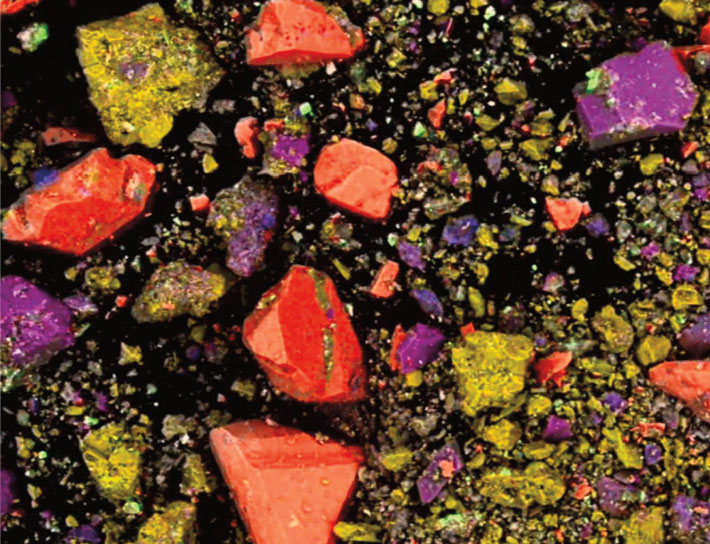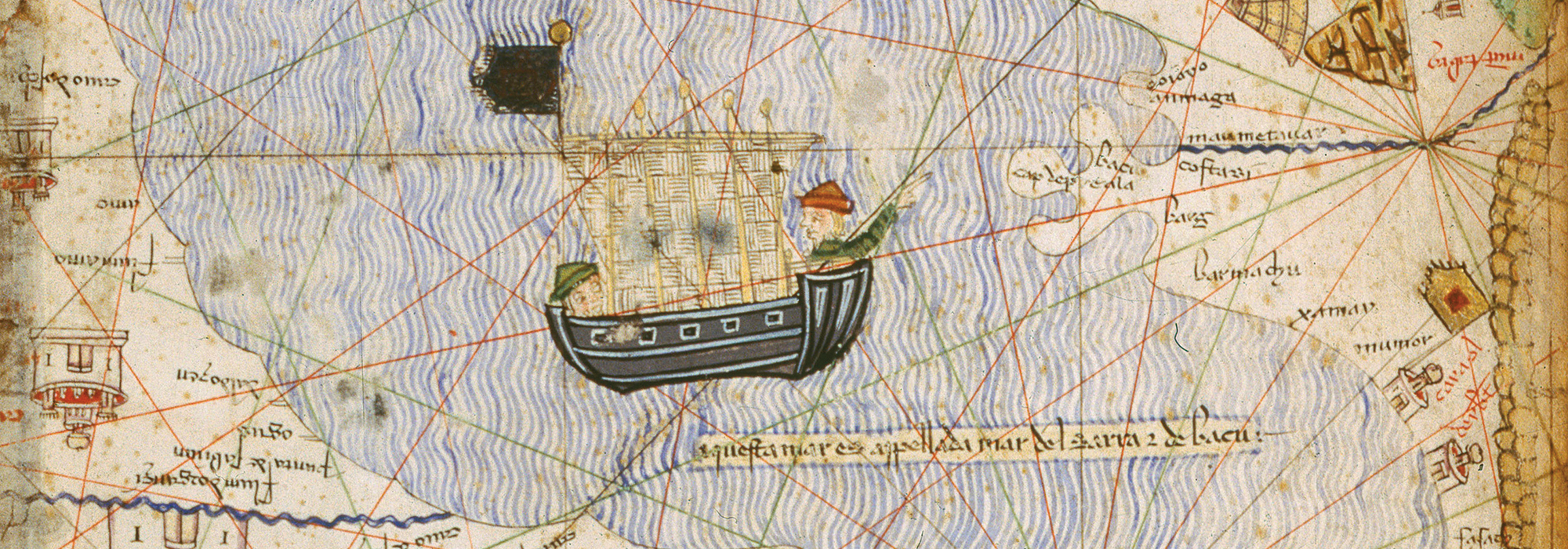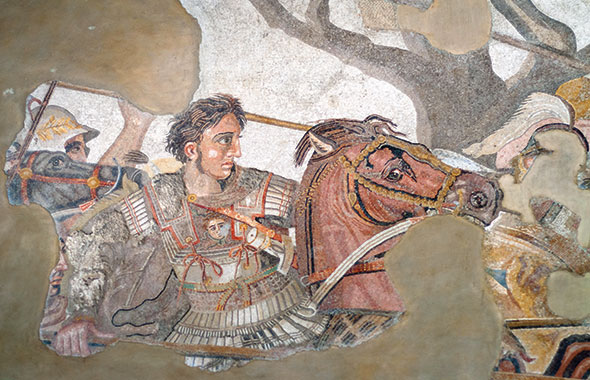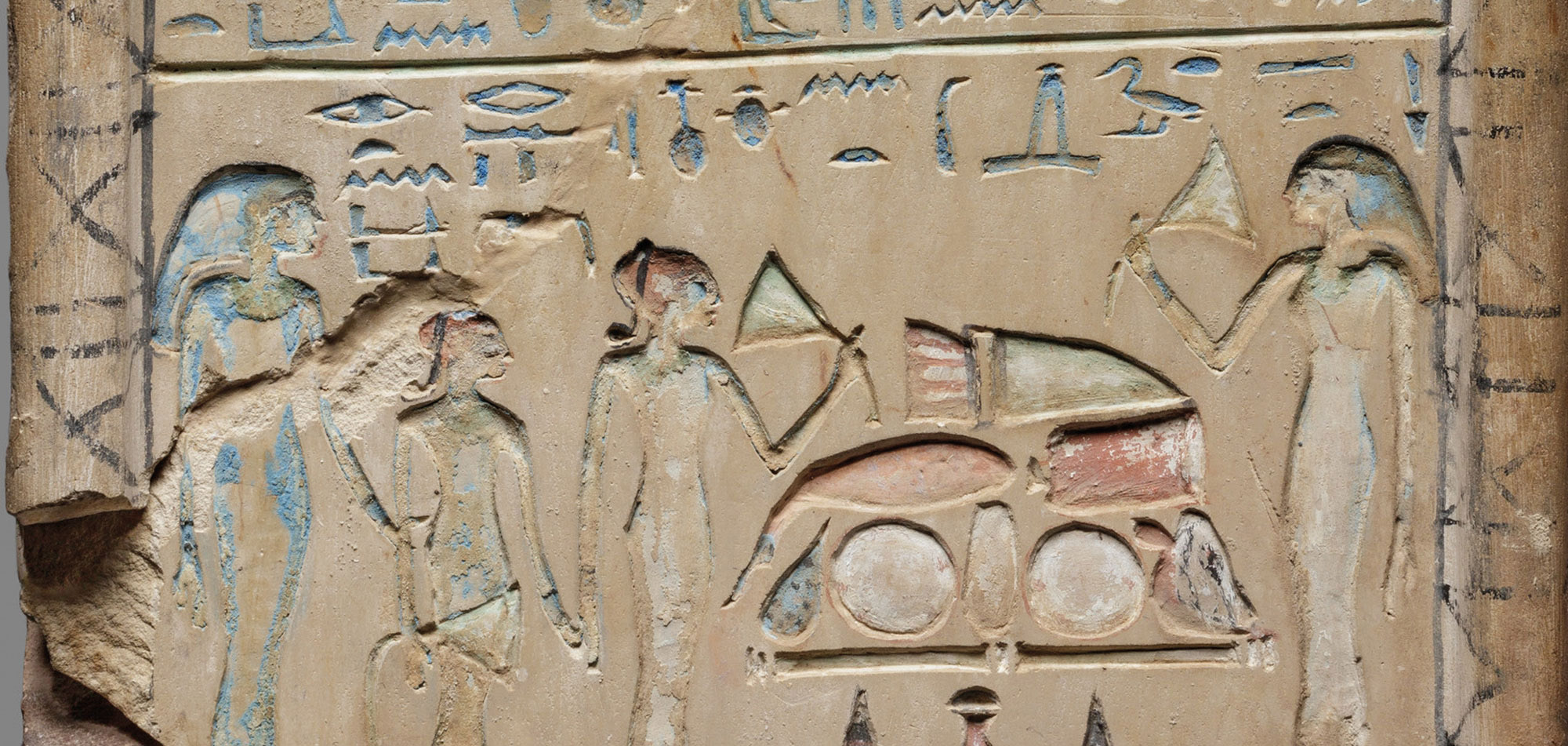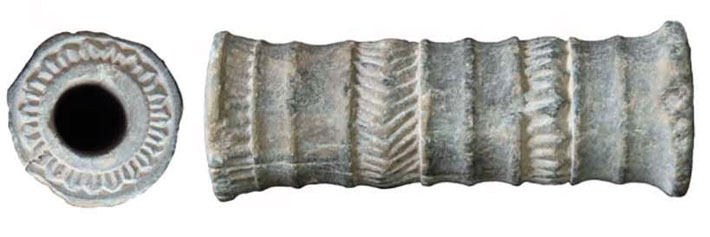
A small, intricately carved, 4,000-year-old stone vial recovered in the southeastern Iranian city of Jiroft contains a deep red pigment that archaeologists believe may be the earliest known lipstick. The cylindrical object was one of thousands of artifacts looted in 2001 after the Halil River flooded several Bronze Age cemeteries in Jiroft. The objects were later recovered by authorities. A team led by archaeologist Massimo Vidale of the University of Padua has radiocarbon dated the pigment to between 1936 and 1687 B.C., when the Marhashi civilization inhabited the area. The researchers found that the red substance contained a composite of minerals including crushed red hematite, quartz particles for added texture and glimmer, and vegetable fibers, possibly to add a pleasing aroma. This lipstick would have complemented other Near Eastern cosmetics of the time, such as eyeliner and eyeshadow. The recipe, Vidale notes, also bears a striking resemblance to that used to make lipstick today. “This is something we’ve observed in other ancient Bronze Age societies of southern Eurasia,” he says. “They actually invented a good part of the modern world.”
